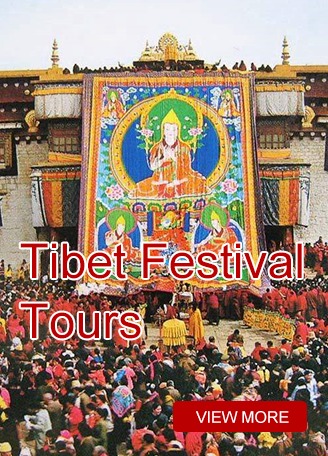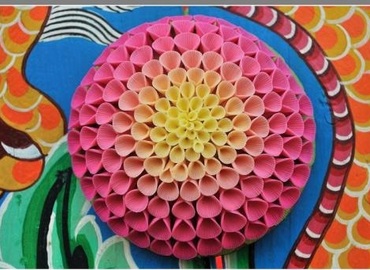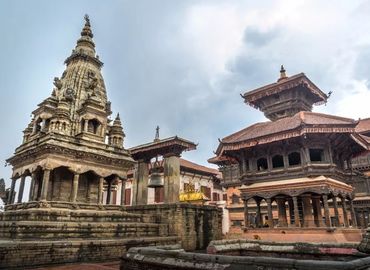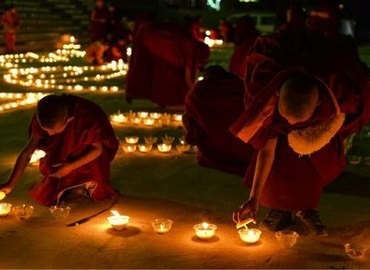Galdan Namchot
- Zoe
- Last Updated : 01/03/2026
Galdan Namchot is Tibetan, which means to offer five kinds of things (incense, flowers, lamps, water, and fruits) to Buddha. It commemorates the birth & parinirvana (death) of Je Tsongkhapa, the founder of the Gelug Sect of Tibetan Buddhism, who passed away and attained Nirvana on October 25 of the Tibetan calendar in 1419. So people designated this day, which they also called the Tsongkhapa Butter Lamp Festival, in honor of the master. This festival is often celebrated in Tibet, Mongolia and Ladakh. In 2026, Galdan Namchot falls on December 3.
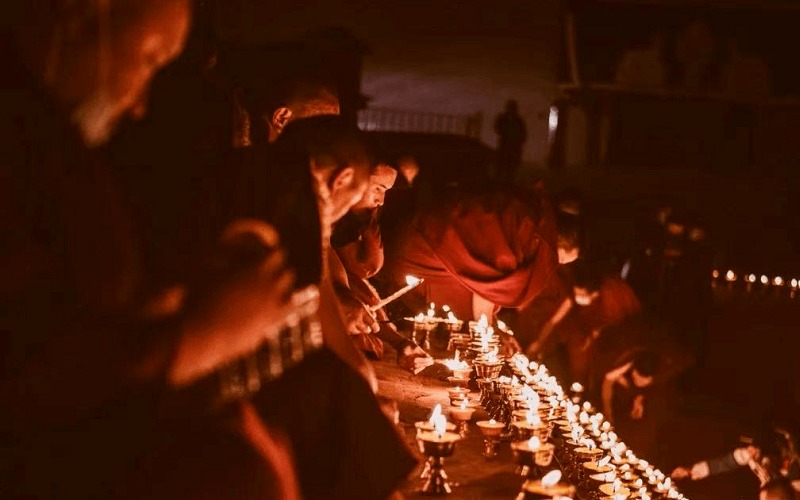
On this day, lamas and villagers would light lanterns on the altars inside and outside the temples, on the windowsills, and on the streets, keeping the lamps burning all day. The devotees would also hold sacrificial activities such as chanting, prostrating, and offering lamps to worship Tsongkhapa and pray that the master would bestow wisdom, peace, auspiciousness and happiness on the kind-hearted people.
History
Speaking of Galdan Namchot, we have to talk about Master Tsongkhapa, who has a high status in Tibetan Buddhism. He is the founder of the Gelug School, as well as a Buddhist reformer. His life is full of legends. Tsongkhapa was born in Qinghai Province around the time of the Yuan Dynasty. He began to study at 3, received precepts at 7, and traveled to central Tibet at the age of 17. At the age of 31, he wrote the masterpiece “Prāsaṅgika ", which made him famous all over the world. Through continuous practice and preaching, when Master Tsongkhapa was 53 years old, he founded the ancestral monastery of the Gelug Sect, Ganden Monastery.
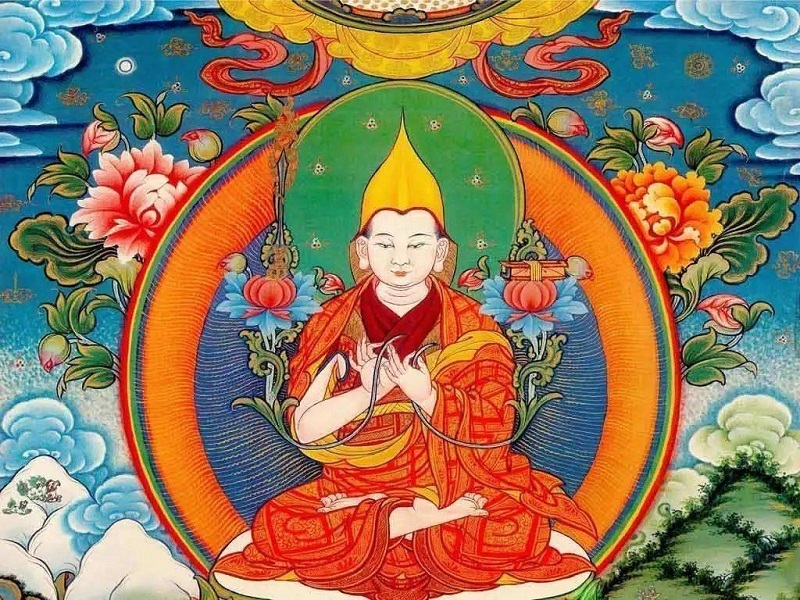
Since then, Ganden, Drepung, and Sera have been known as the three major monasteries in Lhasa and are worshipped by countless believers every day on this snowy plateau. After setting up Ganden Monastery, Tsongkhapa founded the Gelug Sect. He improved the status of the slacked religious discipline and made irreplaceable contributions to spreading the Dharma, so he was worshipped by thousands of believers. When Tsongkhapa passed away, his followers fell into great mourning. In order to commemorate the great monk, people set October 25th as the Galdan Namchot Festival. Since then, this festival has been passed down in Tibetan areas for 600 years, till today.
Tradition
Galdan Namchot is a whole-day festival. In addition to lighting lamps at night, Tibetans also simmer mulberry (burn pine and cypress branches) to pray for good fortune. The Buddhist scriptures say that gods do not eat human food, but they will come for a banquet when they smell the fragrance of smoke. Therefore, Tibetans take this opportunity to invite gods and Buddhas to their homes as guests, make some wishes and pray for auspiciousness.
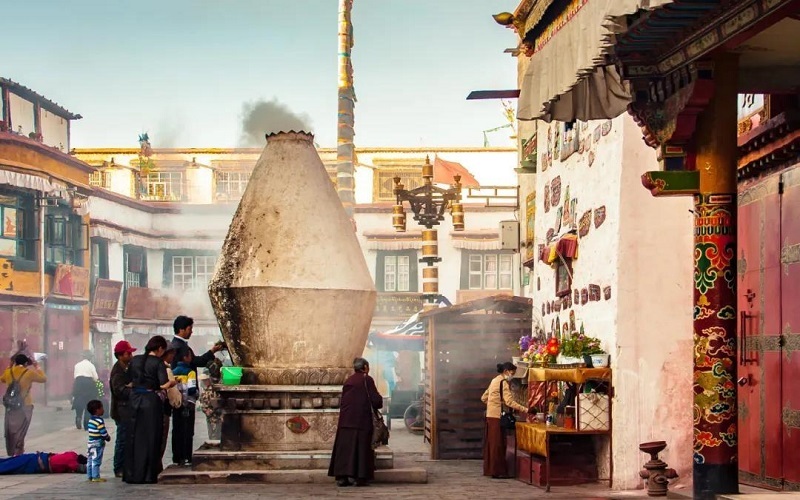
But the more important thing is to light up the lamps. People would prepare for the Festival a few days in advance. The believers would make butter lamps one by one. And it's said that each monk has to make more than 30 butter lamps and the number must be odd, which represents auspiciousness.
Celebrations
This morning, outside the Jokhang Temple, devout believers came from all over. They would prostrate around Barkhor Street, spin prayer wheels, recite sutras, and worship the Buddha in their hearts. At sunset, the entire Barkhor Street had been decorated with lamps one after another, or in other words, the entire Lhasa is occupied by lamps.
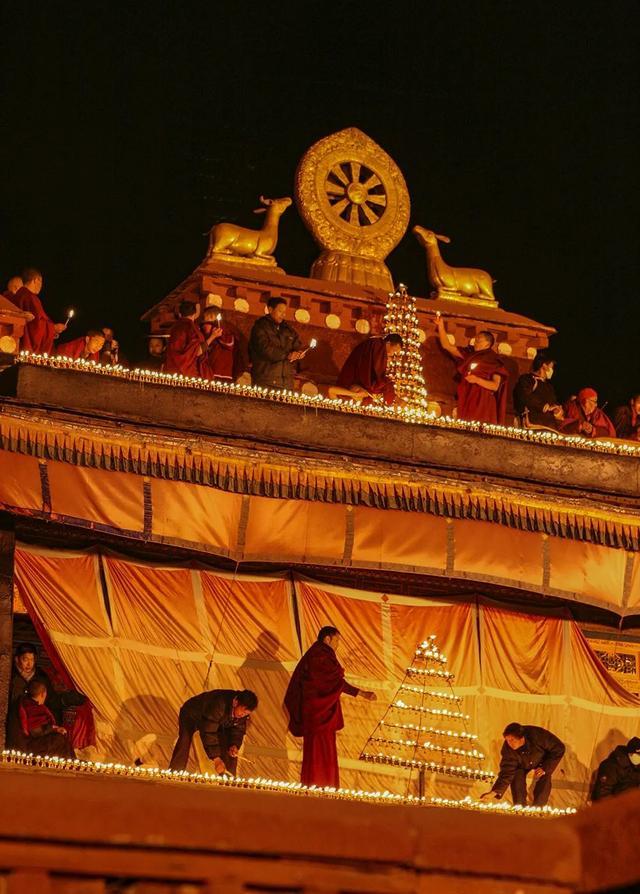
Butter lamps were lit around the pagodas in temples, on both sides of roads, on steps, and on windowsills. It is said that when the lamp is lit, a bowl of pure water should also be offered in the Buddhist hall, which will reflect the lamp more brightly. In the brilliant lights, people came to the Jokhang Temple to worship in an endless stream. At 8 o'clock in the evening, the Jokhang Temple would sound Tibetan copper titaniums and the ceremony began. The believers sang the scriptures in unison, mourning Master Tsongkhapa, and the muttered chanting sound floated from the temple to the sky, and gradually reached the place where the gods and Buddhas lived. Then the mulberry smoke was also lit. People rushed to pour ghee, cheese, highland barley, honey, etc. into the flame. The mulberry smoke floated into the night sky. When the ceremony ended, on the way home, people would find that every house by the street was lit with butter lamps.
Besides offering lamps, on this special day, Gelugpa disciples and devotees need to chant more Buddhist scriptures and do more good deeds, such as releasing animals.
Email response within 0.5~24 hours.


